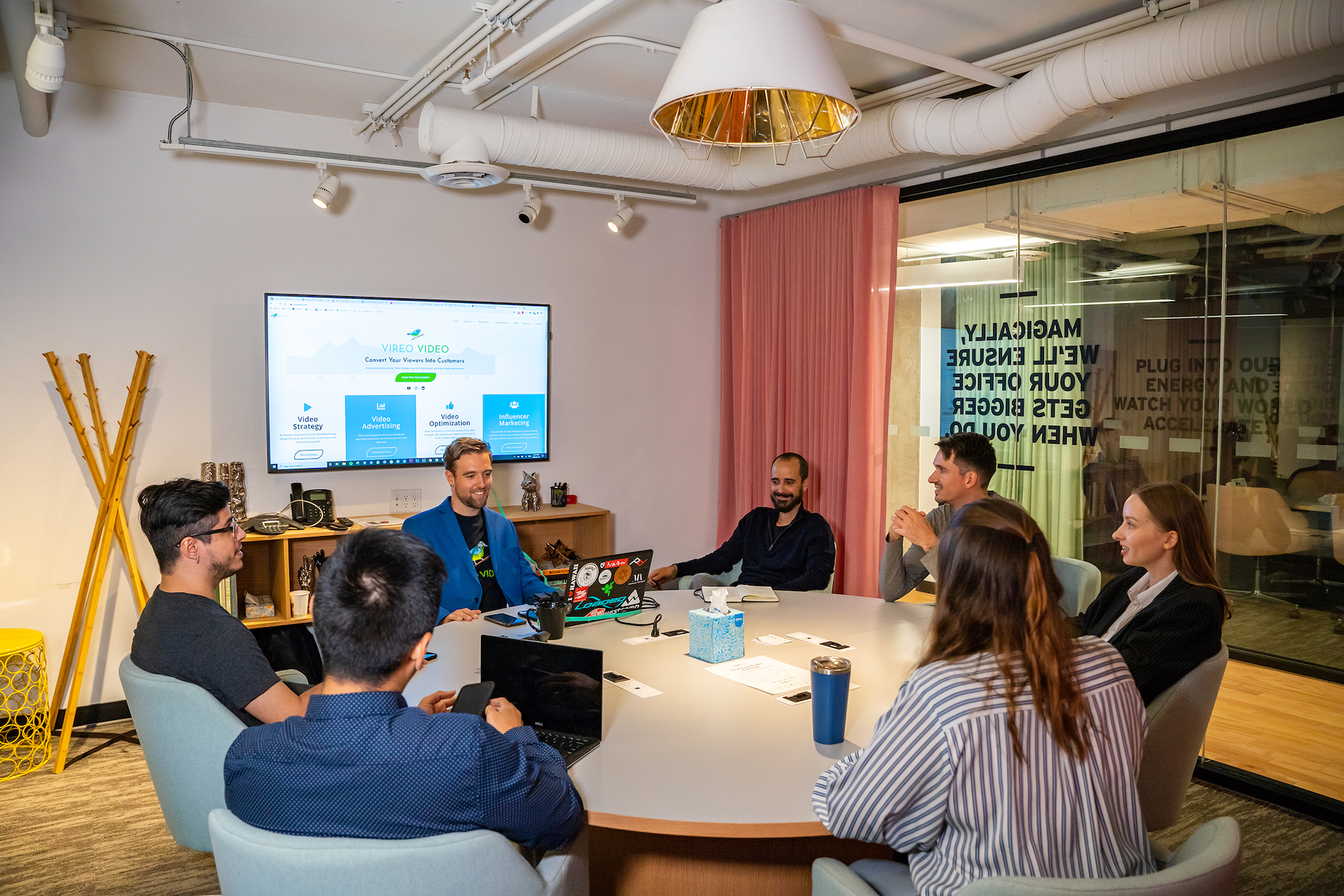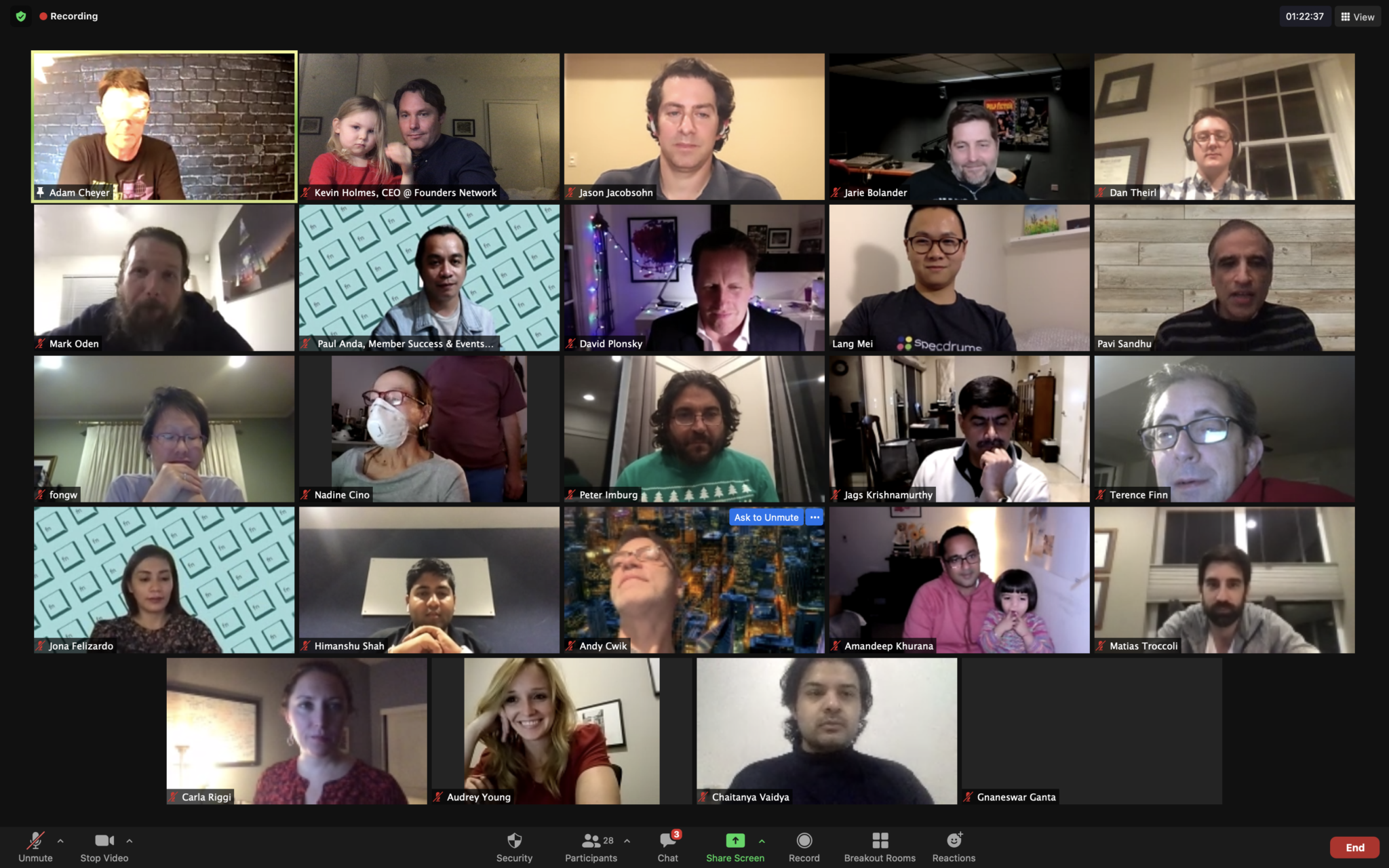
It’s no secret that YouTube, one of the world’s largest search engines, has eclipsed most other forms of social media in terms of overall transaction value. While posts on other platforms last for a few days or weeks, YouTube videos continue to be accessed for years, building new viewership and offering incomparable brand SEO.
Hoping to benefit from this, startups spend vast amounts of money on their video production. However, according to Marlon Doll, founder of Vireo Video Marketing, many of these campaigns don’t result in leads or sales because the plans are not strategic enough and don’t make use of the latest tools to optimize viewership, retention and conversion rates.
A YouTube Certified Consultant in Audience Growth and Digital Rights and the host of weekly cooking show ‘Bachelor on a Budget’ with 60,000 subscribers and 10 Million+ views, Doll previously worked at the world’s largest YouTube network, Broadband TV, where his job was to help creators gain more revenue and improve their overall video SEO. At a Founders Network webinar on December 9th, he provided his video marketing expertise, including his top tips for founders looking to up their video game.
To learn more about video marketing expertise, see if you qualify for membership and check out the webinar from December 9.
He covered:
- How to grow your YouTube Audience Organically
- How to get your YouTube Ads in front of your Target Audience
- How to Create a YouTube Ad that Converts
- How to leverage AI tools for Video Marketing Growth
Increase your views with valuable content, clickable thumbnails and playlists
Doll recommends that businesses prioritize audience retention, and work to create videos that engage audiences for as long as possible. “YouTube is going to give you more impressions when you’re keeping viewers for 70% of a 10-minute video, than when they only watch for a few minutes,” he says. Create valuable engaging content that your viewers want to watch to the end.
Next, focus on increasing the percentage of people that click on your video, called “click-through-rate.” Doll says this is often dictated by the video’s thumbnail image, which he likens to a movie trailer, attracting audiences to invest in a view.
Finally, optimize for watch time, so that people go from one video to another through effective usage of playlists or end screens. Think: Netflix binge, with people naturally going on to the next video in a series.
“When you have all these factors working for you – the click-through-rate, audience retention and watch time – you are much more likely to get increased organic impressions.
And most of those organic impressions – more than 90% of YouTube traffic – comes from the YouTube ecosystem itself, not from external sources,” Doll explains.
“While a YouTube viewer might be worth 50 cents to a gaming company, one viewer could translate into thousands of dollars for a B2B SaaS company.” - @MarlonDoll Share on XScale faster with YouTube advertising
Many startups that Doll works with see early success when they pair effective organic content with smart usage of YouTube advertising.
Businesses can target viewers in a variety of ways to get their video ads in front of their target customer.
One of those ways is based on what keywords they’re typing into Google or YouTube, and then offer the right ads before a video or at the top of a YouTube search.
They also can target your audience based on their demographics, locations, interests, or what videos they’re watching. Or capture some of that low hanging fruit conversions, by retargeting people who have already engaged with your brand before.
Running ads on these platforms results in a lot of valuable data quickly, which makes it controllable and scalable, Doll says.
“You’re going to set a budget and, right away, you’re going to get data back on your cost per acquisition, what audiences are performing for you, and what ads are getting people to take action. When you find a return ad spend (ROAS) that is profitable, you’re able to put that revenue back into the profitable campaigns and scale that out,” he says. Audiences earned through paid media then move into the sphere of organic content, building on the previous base.
“YouTube is going to give you more impressions when you're keeping viewers for 70% of a 10-minute video, than when they only watch for a few minutes.” - @MarlonDoll Share on XUse AI to identify marketing data and trends
As Google and YouTube move toward more automation in the way they determine an ad’s performance, experts like Doll are using AI tools to present users with the ads and content of most interest to them. Such tools show which facial expressions lead to better click-through-rate, which words in a description work best and what kind of content might be most effective for a particular audience. AI writing tools are also helpful for determining the main speaking points in an explainer video or for crafting a great video intro.
Using these methods to design a paid YouTube advertising campaign, Doll’s agency Vireo Video helped PolicyMe, an insurance tech company based in Canada, increase its conversions from YouTube Ads by 20x and drop its cost per lead by 86%.
Although some may associate YouTube advertising with a B2C company like PolicyMe, Doll says that viewers and companies of every demographic use YouTube today, adding that it is equally effective for B2B companies. “While a viewer might be worth 50 cents to a gaming company, one viewer could translate into thousands of dollars for a B2B SaaS company,” he explains.
To learn more about video marketing expertise, see if you qualify for membership and check out the webinar from December 9.






